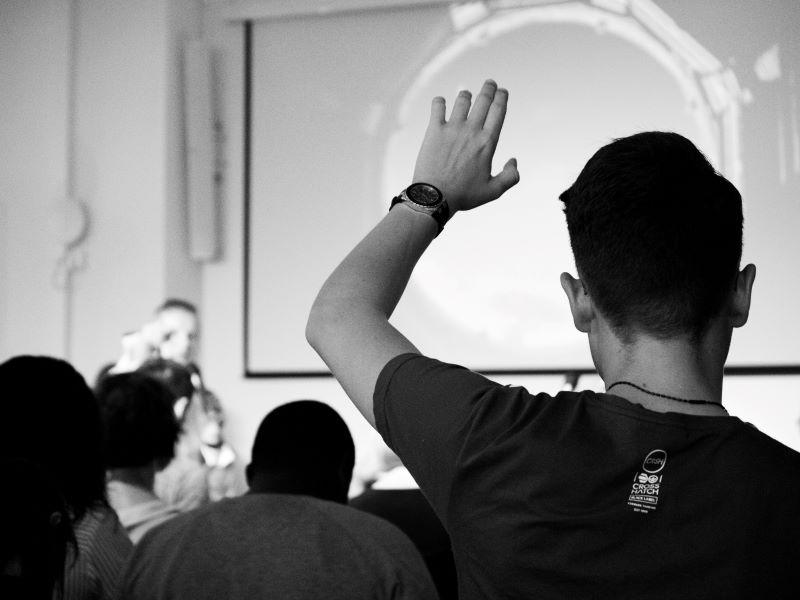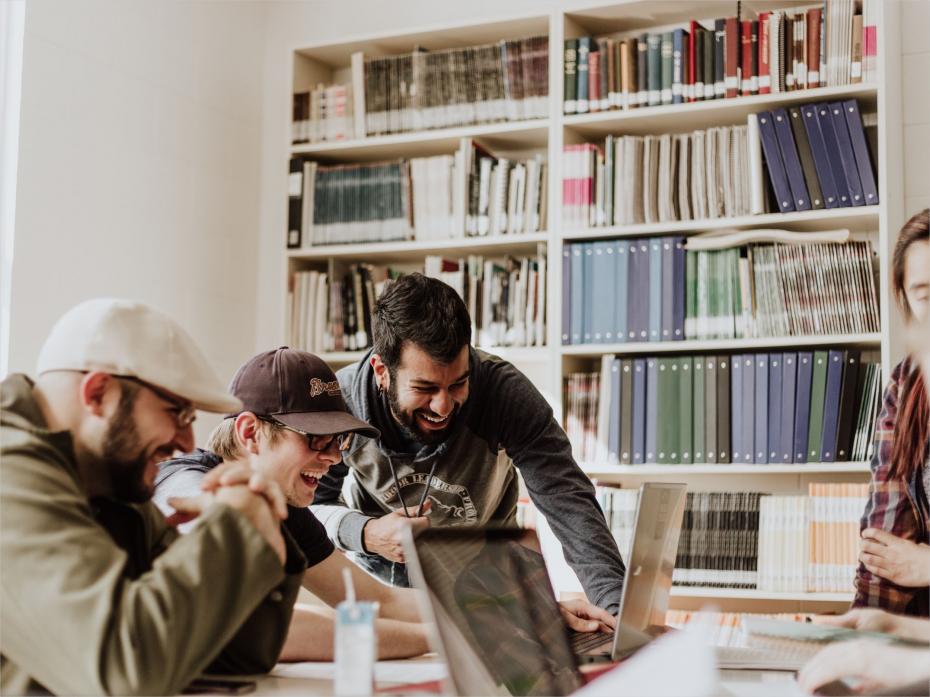When traditional face-to-face lectures were replaced by online delivery at universities all over the world last year, some institutions changed the style of teaching altogether. They replaced lectures with more interactive forms of instruction using Microsoft Teams, Zoom and Blackboard Collaborate.
As social distancing restrictions relax in 2021, institutions are again considering what to do in relation to face-to-face lectures or, indeed, more sustainable alternatives. An ACODE survey of 43 universities in Australia and New Zealand showed that only 10 (23 per cent) considered a return to on-campus lectures a long-term prospect, 18 (42 per cent) were planning to return to campus with a reduced model (fewer lectures overall, or fewer disciplines using lectures) and six (14 per cent) would not be returning to lectures at all. A further seven (16 per cent) were not yet sure.
Just seven institutions named Covid-19 as the main reason for discontinuing on-campus lectures, while nine pointed to “other drivers” and 13 (30 per cent) said it was a “bit of both”.
Ten (23 per cent) institutions claimed that good pedagogy was the primary reason.
These results show that many universities have found new ways of providing information traditionally conveyed via lectures through more active and collaborative forms of learning. This is supported by Shirley Alexander of University of Technology Sydney, who points to evidence that “active learning” approaches are more likely to achieve good student learning outcomes.
Universities must be committed to graduating students who are digitally literate, critical thinkers, problem-solvers and excellent communicators – qualities that employers want. But we cannot deliver these outcomes in programmes that are solely lecture-based because it’s not just about “knowing stuff”, it’s about “doing stuff”.
So practically, we need to think about what activities might be used to engage our students in more active and collaborative – one might say authentic – forms of learning.
Active learning can be facilitated in a variety of ways, such as allowing your students to:
-
Create, share and comment on images, PowerPoint presentations, videos, audio files, documents, PDFs and so on. Typically done in an LMS, a VLE or in a program such as Voice Thread, where comments can be either audio- or text-based and allow others to comment. This is typically based on solving a specific problem or providing reflections on the topic of the week.
-
Co-facilitate meaningful discussions, thereby co-constructing knowledge. For example, this could be done through role-play where students might pretend to be the leadership group of a particular company faced with an issue they have to solve. This might be done on a platform such as Microsoft Teams to replicate the type of system they would use in the workplace.
-
Have plenty of opportunity for self-reflection and reflection on others’ work. This might be done in an ePortfolio system such as PebblePad, Mahara or on a blog post feature in the LMS/VLE. Either way, best to do this in a system where the posts can be either private or shared.
-
Be empowered to conduct group discussion, or together, through engaging with each other, and not the teacher, come to a common understanding of some of the key elements of knowledge required to meet their course outcomes. Microsoft Teams or Slack are ideal for this, using a channel explicitly set up for this type of activity. The important thing is that teams come back to the whole group with their feedback.
-
Debate among themselves and explore their ideas about a given topic, before sharing and defending ideas when presented with counterarguments, more questions and discussion points. One of my favourite activities for this is the “Fishbowl”, which enables students to hone ideas and clarify topics.
Collaborative learning relies on engaging group structures to support students working together while maximising individual learning. For example:
-
Peer modelling and getting students to role-play. Similar to co-facilitating meaningful discussions, but in this case students take on explicit roles within a specific scenario, such as a CIO, or an auditor, or a manager and so on. If associated with work-integrated learning, the student may even be shadowed by a person who has actually had that experience and be guided along the way. Students then share and reflect on what they learned through pretending to be that person.
-
A scavenger hunt for information related to the topic of the week. Students can work by themselves or in a group to solve a puzzle or problem. They would find the appropriate objects or places and screen-capture them in order to be the first to share them within their group in Microsoft Teams and then, when fully solved, with the wider class.
-
Formal or informal debates. Just like a physical debate, students form teams and take a particular stance on the given topic and then defend their position. A more informal style is to take a Pair-Share-Declare approach, where students apply their pre-session learning to declare their stance on a topic and share or debate their opinions on the topic with a peer or in groups during the session.
-
Pass the Problem, where students partly answer and pass the problem on to the next student to add more details. This could be achieved using OneNote or a wiki style page, where students within a group can agree to break a problem into its component parts and then take turns to work on each. Alternatively, they can work on the parts at the same time and then bring their solutions forward together. Either way, students are encouraged to build on one another’s responses and provide extra details that may have been missed by the first person attempting their piece.
-
Forming creativity groups, where students brainstorm solutions to particular problems. In this case, there may not necessarily be a correct answer to a problem. The idea is to get students to develop creative “possible” solutions to potentially intangible problems. Tools that support this type of problem-solving are Answer Garden and Padlet.
Authentic learning experiences include activities with the following features:
-
They are relevant to real-life situations – both associated with the discipline the student is studying, but also interdisciplinary.
-
Problems may be ill-defined and not easily solvable. The teacher may not have the answer and may become a partner in the process.
-
The tasks allocated need to allow for a sustained investigation, so they are multifaceted. The problem may run across multiple classes over successive years.
-
They call on multiple sources and perspectives, as seen through problems that have many possible solutions and outcomes. So they may draw on different perspectives from various disciplines. In real life, we work with people who come from different disciplines and backgrounds, so we ask our students to put themselves in other people’s shoes and consider their perspectives.
-
The creation of a product or artefact that may also be used as a starting point for the next cohort of students, or simply stand as an exemplar.
We should not presume the lecture will cease to exist and nor should it; rather, instructors will now be far more judicious as to when and how they choose this form of delivery, which will sit alongside a rich variety of active, collaborative and authentic learning activities.
Michael Sankey is director (learning transformations) in the Learning Futures group at Griffith University.




comment